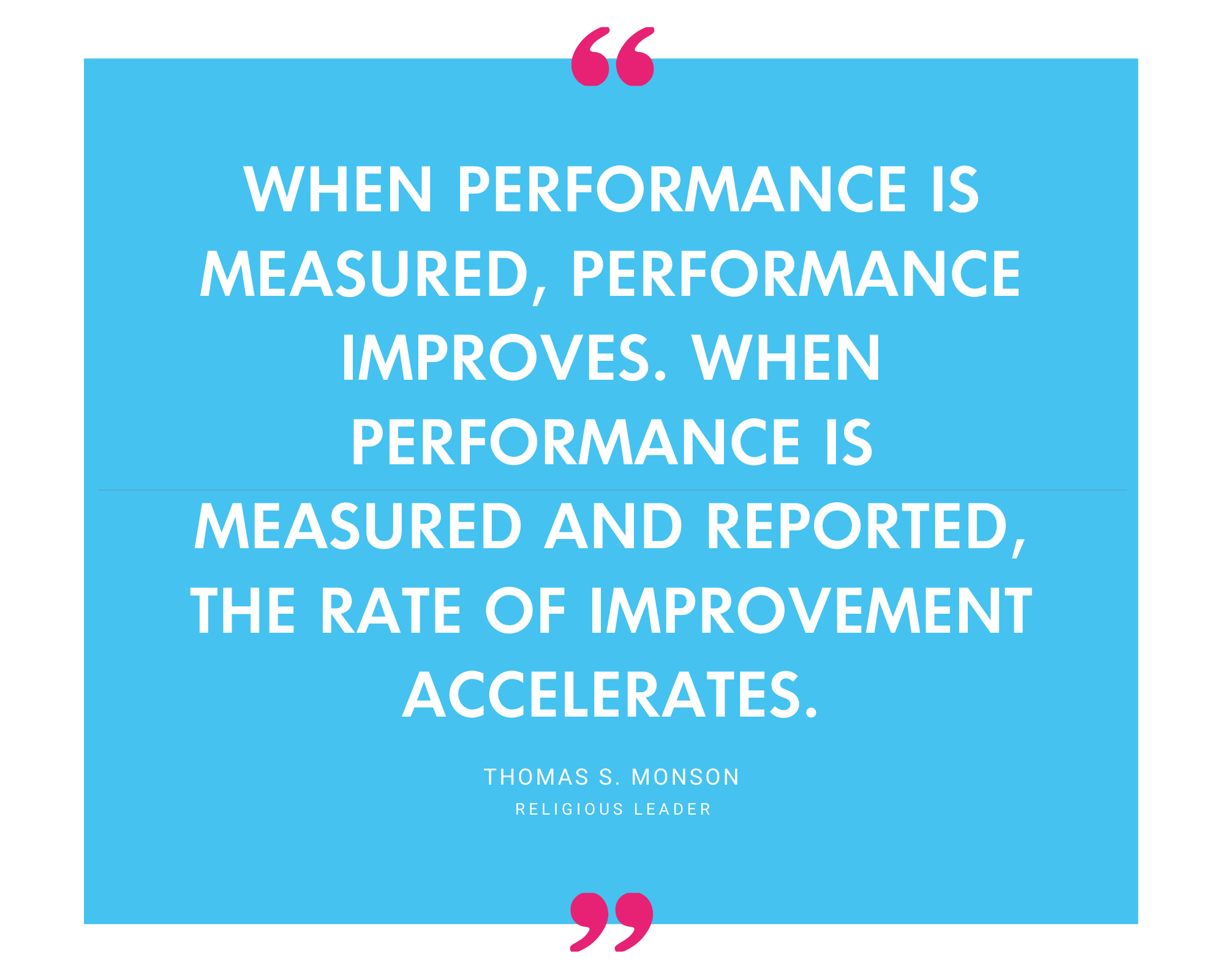As the summer of 2020 begins and the COVID-19 lockdowns begin to ease up, businesses around the world are examining the processes required to start the transition from remote working to returning to work in the office. Facing a fragmented workforce requires a fluid and adaptable employee relationship platform capable of managing employees and teams spread across multiple locations.
From updating your onboarding processes and establishing an effective internal communications platform, to connecting your employees and scheduling one2ones and feedback sessions, here’s how your company can effectively transition from lockdown to returning to the workplace.

1. Set up digital onboarding
Onboarding new members of staff during a transition from remote working to on-site working as companies ease out of lockdown poses additional challenges for HR departments, with multiple channels of communication required to ensure everything runs smoothly. Traditional methods of induction and ensuring the new hires get all the information required to start their new role need to be complemented with digital processes which fill in for traditional paperwork and face-to-face introductions.
HR professionals can liaise with the company’s IT departments to ensure that new hires get the resources they need, whether they are working remotely or beginning their role on-site. Company emails, storage systems, software and other applications synced between on-site and remote workers need setting up, while HR paperwork including employee contracts with the option for digital signatures should be made available online.
2. Establish an effective internal communications system
Whether dealing with existing employees or new hires, establishing an effective internal communications system that keeps all employees in touch with one another is an essential component of any business that seeks to effectively transition from the COVID-19 lockdown to a return to the workplace.
Executives, managers and employees are best aligned when using a comprehensive internal communications platform that delivers instant updates and the necessary channels to respond to issues as and when they happen, allowing them to track both individual and group objectives in real-time, increasing both employee engagement and workforce performance.
With companies making the transition from remote working under lockdown to returning to work, the internal communications platform needs to be consistent across desk and non-desk based platforms, including mobile phones, laptops and PCs. While employees begin to adjust to working on-site, it’s unlikely that a return to full-time office work will be instantaneous, and a cross-platform communications system will help to ensure that managers and employees alike can keep in touch regardless of their individual working circumstances.
3. Put your company’s culture to the foreground
Enhancing the visibility of your company’s core values during the transition from remote to on-site working can be achieved through an employee relationship platform, whether this is by prominent use of branding or by providing easy access to documentation outlining your company’s culture.
This is especially important for companies that have updated aspects of their culture in light of the coronavirus pandemic, where changes in the way the company is structured or run in light of health and safety concerns need to be brought to the attention of employees who are returning to the workplace for the first time in months.
Consistent branding across your employee relationship platform helps keep the priorities of your business at the forefront, whether they are returning to the office or splitting their time between remote and on-site working, maintaining and improving alignment while keeping everyone on track to meet their goals.
4. Visible recognition of performance through awards

With employees split between working remotely and returning to the workplace, managers are faced with the additional problem of consistently monitoring and recognising solid performance. Traditionally, employee recognition takes place in an office environment in which managers can visibly praise employees for good performance in front of their co-workers, amplifying the message to the workforce instantaneously.
Implementing an awards system into your company’s employee relationship platform helps to overcome the problem of a workforce fragmented between home and office, allowing managers to deliver reinforcing feedback and praise across the communications platform regardless of the physical locations of their staff. Celebrating desired behaviour and recognising great teamwork can be communicated at the touch of a button, encouraging others to follow suit while bolstering the core values of your business.
Managers can use their performance management tools to reward employees in a variety of ways, including manager-to-peer recognition, values-based employee awards, implementing a system of rewards points with employee leaderboards, and introducing peer-to-peer recognition so that employees can provide additional feedback which managers can then use in any future assessments.
5. Connect employees using social feeds
The transition from remote working during lockdown to returning to work isn’t going to happen overnight, and many companies will be looking to strike the right balance between remote and on-site working, making sure that individuals and their teams are able to effectively communicate and coordinate without the advantages of sharing the same office space.
With social distancing measures being implemented within the office, it’s important to make the most of communications channels that respects these measures while also factoring in employees who are continuing to spend some or all of their time working remotely. Integrating social feeds into your digital employee relationship platform allows employees to build those off the cuff conversations into their workflow, facilitating the back and forth discussions necessary to respond to problems swiftly.
Social feeds also encourage more casual conversations between employees, irrespective of whether they are working from home or in the office. By creating these digital “water cooler” moments, new ideas can be thrashed out informally giving space for innovative solutions to breathe.
6. Utilise eNPS to check your company’s moral pulse
Companies making the transition from remote working during lockdown to working in the office are facing an unprecedented situation, which makes being able to effectively gauge the sentiment of your workforce more important than ever. Do you have the correct systems in place to make the transition smooth for your employees? Have you communicated the new rules for on-site working clearly and effectively, or are your employees confused?
By choosing an employee relationship platform with employee net promoter score (eNPS) included, managers are able to solicit feedback based on surveys of their staff to determine positive and negative sentiment and take the necessary corrective action. Using an eNPS allows companies to keep a finger firmly on the moral pulse of their organisation, identifying members of staff who are “promoters”, “neutral” or “detractors” which can be used in conjunction with other measures for gauging engagement and sentiment to better improve the employee experience.
7. Engage employees with one2ones
It has become increasingly apparent to the business community over the preceding years that annual performance reviews are on the way out, as processes for continuous feedback become the norm. As Peter Cappelli and Anna Tavis explained in their article for Harvard Business Review, “The Performance Management Revolution“, “From Silicon Valley to New York, and in offices across the world, firms are replacing annual reviews with frequent, informal check-ins between managers and employees.”
Maintaining these informal and frequent conversations between managers and employees during the transition from remote to on-site working requires an employee relationship platform that aligns objectives with employees and managers and offers the means by which regular one2ones can be scheduled as and when required. And with social distancing measures likely to remain in place in the office for some time after the end of the lockdown, having the capability to conduct these one2ones digitally is crucial.
One2ones, regular check-ins and quarterly/annual performance reviews can all be scheduled through your company’s performance management software, giving managers the flexibility required to gather peer feedback and any other relevant preparatory notes before the meetings take place.
8. Handle emergencies with critical alerts
The outbreak of the coronavirus pandemic and the subsequent lockdown has taught everyone the importance of fast and effective communications platforms, providing people with the means to handle emergencies as quickly as possible. With companies in flux and their workforce spread between remote working or office-based working, the ability to send out critical alerts at the push of a button, notifying people and teams across different locations and departments, is crucial now more than ever.
A comprehensive performance management platform will give your managers the tools required to make sure these critical alerts reach the right people wherever they are, pushing the alerts to desktop/PC and mobile phone via both email and SMS. This multi-channel communication method ensures that receipt of these alerts is registered on the system, as well as logging responses so that necessary action can be taken immediately.
Additionally, push notifications can provide companies with the same instantaneous communication for non-essential information, allowing company updates, news and articles to be delivered to employees digitally and improving engagement.





